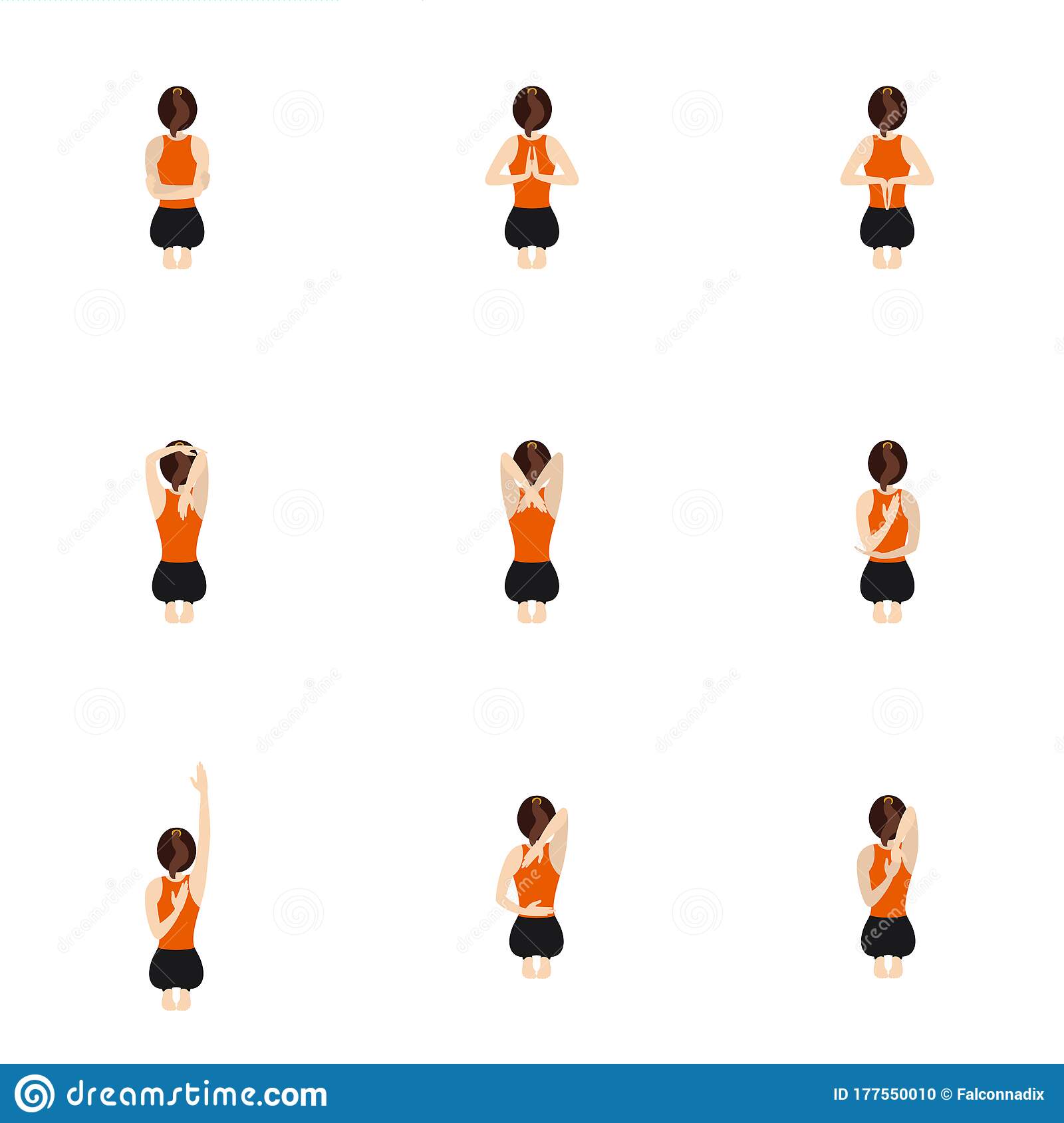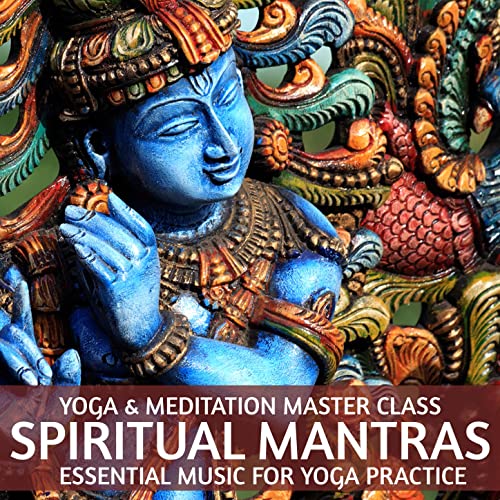
Eye yoga might be the right choice for you if you want to ease eye strain and lower your risk of developing glaucoma. This practice involves a palming action that helps focus your eyes. The thumb of your right hand should be brought to your nose. Slowly extend the right arm, keeping your attention on the thumb.
Optical yoga
Optical Yoga is a great way to improve your eyesight. Not only will it improve your vision, but it will improve your overall health as well. It will make you feel great from head to foot, which means that you won't need to rely on eye medications as often. Eye yoga offers many benefits, making it an excellent choice for all ages.
Optic yoga is a simple exercise that strengthens andstretches the eye muscles. This allows students to focus better, reduce eye strain and stress. The exercises can also be performed before going to sleep. These exercises can be done at your desk if you have time.

Palming action
Palming is an essential part of eye yoga. It activates the energy that allows you to receive and enter the moment. It can also calm the nervous system. You can improve your eyesight by doing palming 15 to 20 times a day. This practice can either be done lying down or sitting. It's best not to rush.
Palming is an ancient technique where your hands are placed on your eyes. This action is sometimes taught in yoga classes and can refresh your mind and eyes. It can relax your facial muscles, reduce wrinkles, and even improve the appearance of frown lines. The technique can be practiced three to 10 times daily and can be performed with or without eyes open.
Relieves eye strain
If you're feeling eye strain, you're not alone. Many people experience eye strain from heavy computer use. It is often accompanied with headaches, tight shoulders and back pain. Exercises that help to move your eyes side to side can be used to relieve eye strain.
Numerous studies have shown eye yoga can reduce eye fatigue, relieve stress, and stimulate the eye muscles. In one study, 32 optometry students found that performing ocular yoga exercises relieved eye fatigue and helped strengthen the extraocular muscles. A 2016 study of 40 nursing students found that they felt less tired when performing daily tasks after practicing eye yoga.

Reduces glaucoma risk
Eye yoga is a great way to reduce your chance of developing glaucoma. High intraocular pressure (IOP) can cause optic nerve damage. Fortunately, this condition is treatable. Yoga practitioners can improve their vision by focusing on increasing eye pressure.
It is important to consult your doctor before starting any exercise program that can affect your eyes. Do not lift any weights above 200 pounds. Avoid activities that reduce your ability to breath. Other exercises can improve blood flow which is beneficial for your eyes as well as your heart. Regular exercise can also help you lose weight, improve your health, and overall wellbeing.
FAQ
Which yoga pose is the best for beginners
Beginners are often confused by the various types of yoga poses and styles.
Hatha Yoga is the most well-known type of yoga. It focuses on stretching and physical fitness. It can help reduce stress and improve concentration.
Kundalini Yoga, which combines breathing techniques with meditation, is another very popular style. This practice has many health benefits including increased flexibility, balance, power, and strength.
Yin Yoga is another option that beginners can try if they want to relax and calm their minds. Yin Yoga focuses on holding positions or poses for longer periods of time.
Do you offer yoga classes for those with special needs?
Yes, yoga studios offer specialized classes for people with disabilities. These include:
-
Individuals with physical disabilities who wish to improve their posture
-
People with limited mobility
-
Individuals suffering from arthritis
-
Those recovering from injuries
-
The elderly
These classes are for anyone you know who would benefit.
I already do some type of exercise. What are my options for yoga?
Yes! Yoga can help you train even if your physical activity is not too high. Combine yoga with other fitness activities such as running or cycling, or lifting weights to get better results.
Yoga helps you to focus on your breathing, which will help you burn calories quicker.
It can also increase your endurance. So, whether you're a beginner or an advanced yogi, you can enjoy the benefits of yoga.
Is yoga safe for everyone?
Yoga is safe for all age groups, genders, races, abilities and abilities. Yoga has been practiced for thousands upon thousands of years without side effects.
Before you start a new exercise program, make sure to check with your doctor if you have any medical conditions.
How long should a session of yoga last?
The average yoga session lasts between 45 minutes to an hour. The length of time depends on the type of yoga you're doing. 45-60 minutes is probably sufficient if you are looking to do strength-building exercises. If you are looking for relaxation or mediation, a longer time may be required.
It also depends on the yoga class that you're taking. Some classes require quick movement while others encourage slow, deep stretches.
What kind of yoga is for beginners?
Yoga is great for all fitness levels and ages. It's a great way for people to stay healthy and fit. Yoga has been reported to improve mental and physical health. They also report feeling calmer and happier after practicing yoga.
Yoga is not just exercise but a lifestyle that includes breathing exercises, stretching, and meditation.
There are many kinds of yoga. There are many types of yoga. Some focus on strength training while others emphasize relaxation.
The type you choose will depend on your expectations of yoga. Iyengar yoga is a great option if you are looking to increase flexibility. Or if you want to tone your muscles, go for Ashtanga yoga.
Statistics
- According to the Agency for Healthcare Research and Quality, falls are incredibly common among older adults in nursing facilities. Even the simplest ones can increase the risk of death (24). (healthline.com)
- About one in seven U.S. adults practiced yoga in the past 12 months, according to a 2017 national survey. (nccih.nih.gov)
- In comparison, a 125-pound person is estimated to burn 135 calories in 30 minutes of walking (at a pace of 15-minute miles) and 210 calories bicycling at a moderate pace on a stationary bike. (everydayhealth.com)
- Lock in 25% off your Founding Member rate. (corepoweryoga.com)
- A 2020 review of 27 studies (1,805 total participants) of yoga interventions in children or adolescents found reductions in anxiety or depression in 70 percent of the studies, with more promising results for anxiety. (nccih.nih.gov)
External Links
How To
Can I do yoga during pregnancy?
You may not be able to perform certain poses safely if you are pregnant. Before you begin a new program for exercise, make sure to consult your doctor.
However, you still have many options for poses to be done during pregnancy. Here are some tips.
-
Weight lifting should not be done above the shoulders by pregnant women. Instead, consider dumbbells or resistance bands that are lightweight.
-
Avoid deep twists. They could cause pressure to your stomach.
-
Avoid backbends until after you give birth. They can strain your lower back.
-
Don't sit cross-legged or lie down on your stomach until you deliver your baby.
-
Do not do inverted poses such as headstands or handstands unless your doctor has cleared you.
-
Limit your practice to 30 minutes per day.
When you're ready, you can continue doing yoga throughout your pregnancy. Your doctor will help you determine when you're ready to begin practicing yoga.